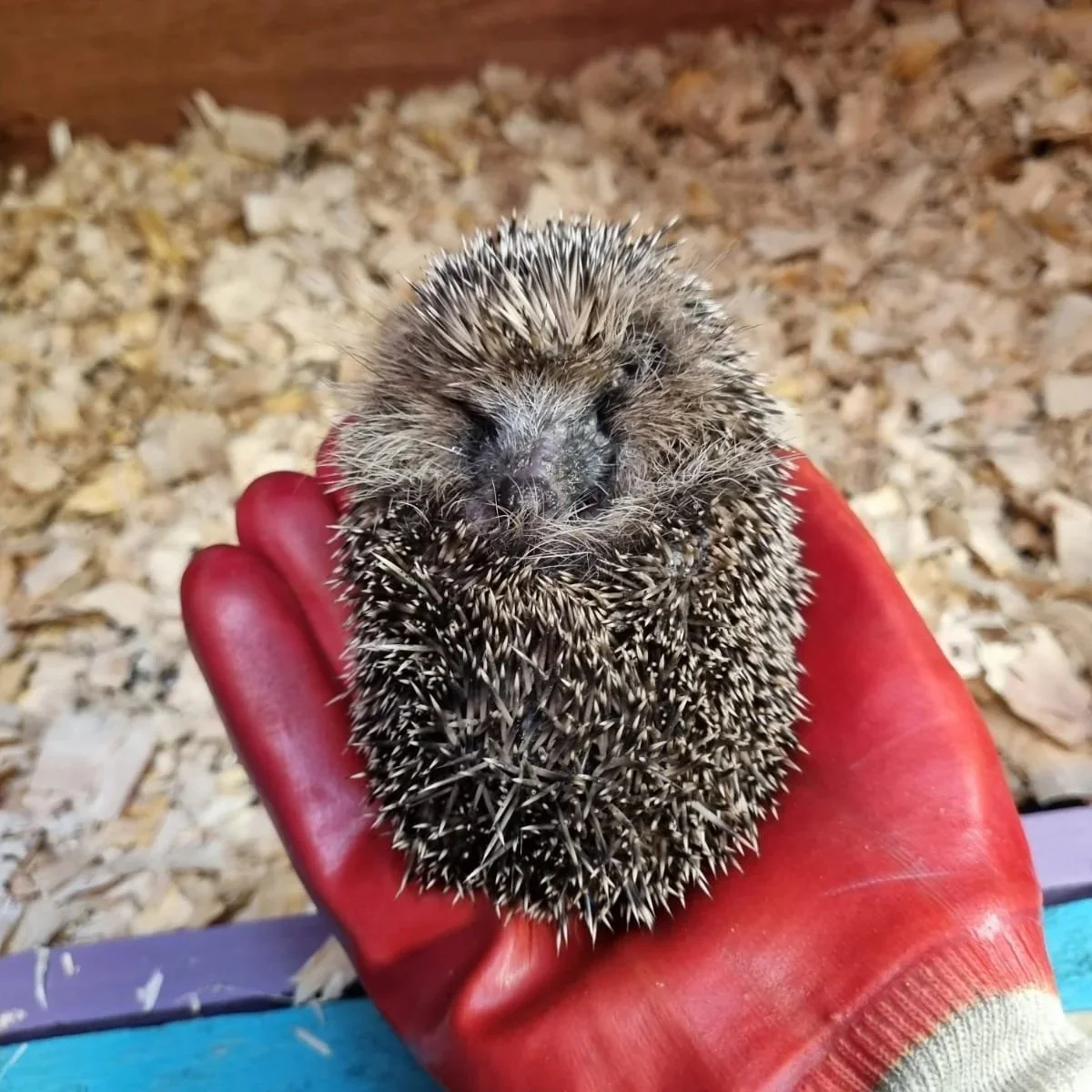Bonfire Night is a much-loved tradition, filled with fireworks, bonfires, and family celebrations. But while we enjoy it, it’s important to remember that wildlife is often nearby, and many animals can be seriously affected by bonfires and fireworks if we aren’t careful.
Credit: Dave Newman
Late autumn is a crucial time for many species. Hedgehogs are preparing for hibernation, frogs and toads are settling into ponds or damp leaf litter, and insects are hiding in hedgerows and log piles. Birds may also be roosting in trees near your garden or park. Unfortunately, bonfires and fireworks can pose serious risks: animals may be trapped in wood piles, scared by loud noises, or disoriented by bright lights.
Building Bonfires Safely
Don’t build too far in advance: Only stack wood on the day you plan to light the bonfire. Piles left for days can become cozy shelters for wildlife.
Check before lighting: Use a torch and a stick to carefully inspect the bonfire, moving logs or leaves gently to check for animals such as hedgehogs, frogs, or even birds.
Keep it small and manageable: A smaller bonfire is easier to control and inspect. Large piles are harder to check thoroughly and more intimidating to wildlife.
Avoid burning plastics or chemicals: Only burn natural materials like dry wood, leaves, and untreated paper. Burning plastics or treated wood can harm animals and the environment.
Fireworks and Noise
Fireworks are exciting for people, but terrifying for animals:
Loud bangs can stress pets, wildlife, and even livestock.
Bright flashes can disorient birds or bats.
Fireworks should be set off away from fields, hedgerows, ponds, or other areas where animals may be living or feeding.
Avoid having fireworks in your own back garden as there is a risk to wildlife, people and local pets in the area.
Only go to professional firework displays where they are trained and have appropriate health and safety in place.
Birds of Prey & Garden Birds
While bonfires don’t usually trap birds like they might hedgehogs, fireworks can disturb both nocturnal and daytime species:
Owls and other birds of prey: Loud bangs and bright flashes can startle roosting owls, forcing them to fly and waste precious energy. Smoke and light may also disrupt their hunting.
Bats: As nocturnal hunters, they can become disoriented by light and avoid their feeding areas.
Garden birds: Birds roosting in hedges or trees can be frightened into flight in the dark, risking injury or exhaustion.
To help:
Avoid setting fireworks near woodland, hedgerows, or barns.
If you know birds of prey are active nearby, choose a quieter spot further away.
Consider timing: keep displays short to reduce repeated disturbance.
Extra Tips for Wildlife-Friendly Bonfires
Consider a “wildlife check” day: Encourage people to inspect their wood piles before Bonfire Night.
If possible, move the bonfire location to a cleared area away from hedges or ponds.
Create quiet zones or refuges for wildlife: small piles of leaves or logs away from activity can give animals a safe space to hide temporarily.
Educate children about wildlife: understanding that animals may be hiding in piles of wood or under leaves helps develop empathy and awareness.
Why It Matters
A little care can make a huge difference. Animals are already under pressure from habitat loss and harsh weather as winter approaches. By taking simple precautions, we can enjoy Bonfire Night responsibly without putting wildlife at risk.
📝 Conservation Officer Amber Hanys



